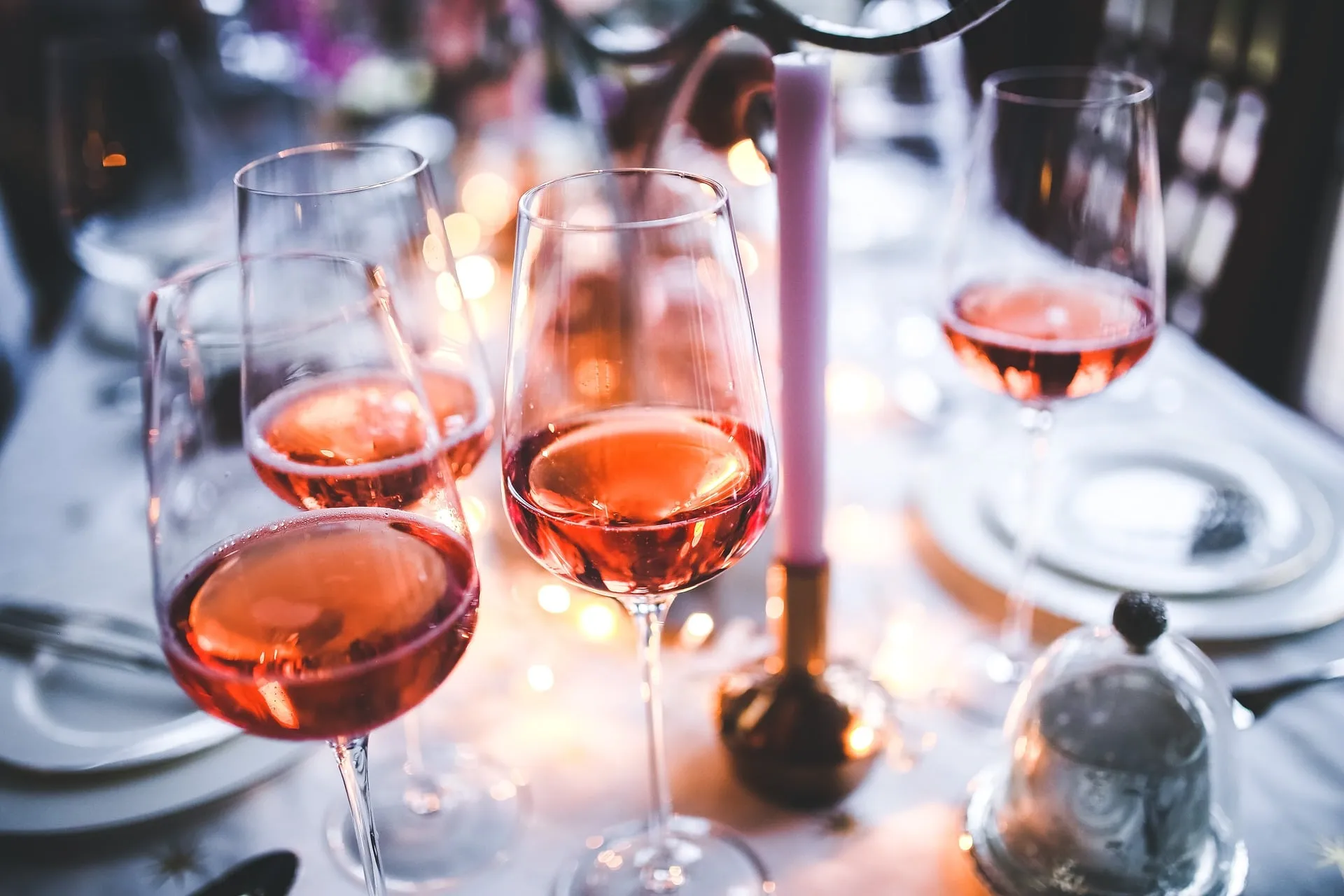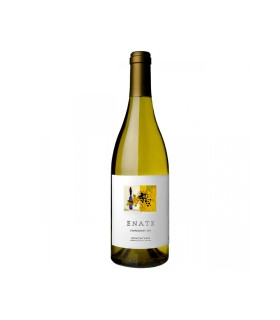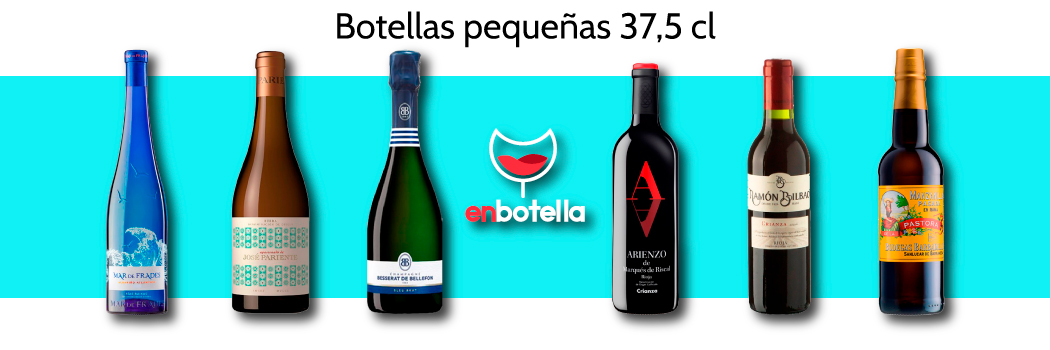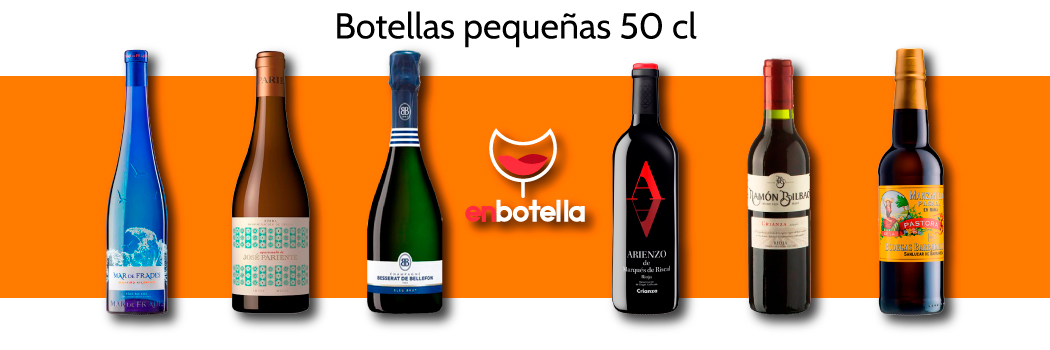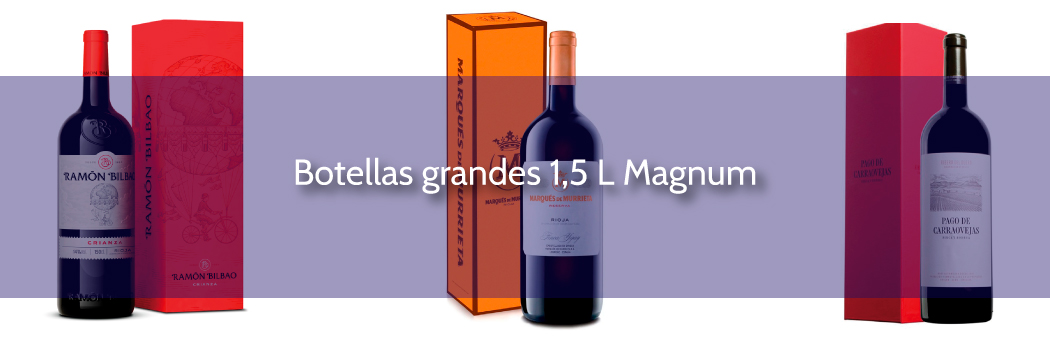
The Differences Between Red, White and Rosé Wine
At first glance the three wines are different in colour, but that is not their only difference.
All three have fundamental characteristics in common: the quality of the grapes, the grape variety used, the climate and the soil.
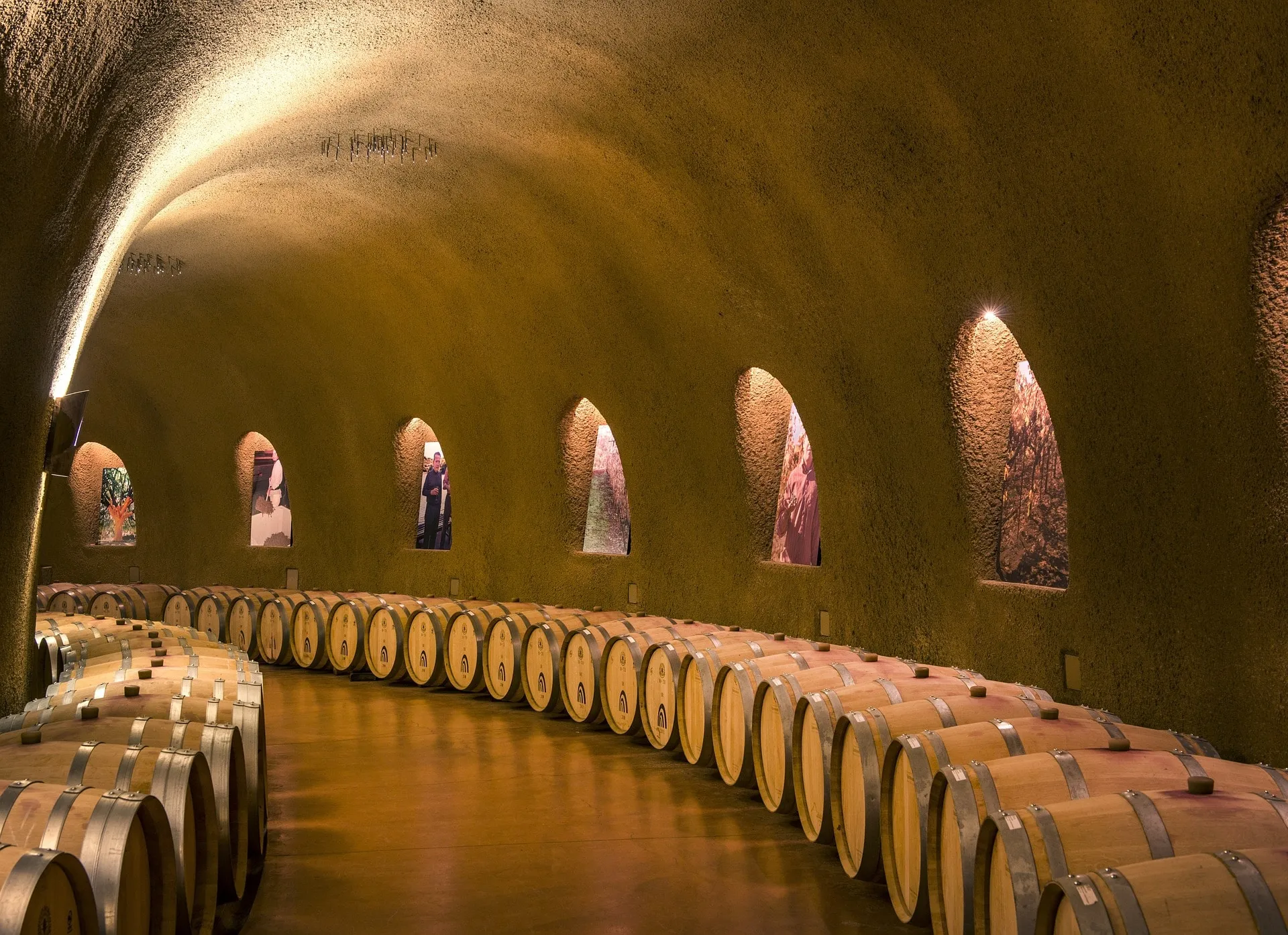
So much so that these factors have a direct impact on the colour, flavour and aroma of the wine. These factors linked to the winemaking process are the determining factors of the final wine.
They are the determining factors of the final wine.
The best quality wines tend to come from soils poor in organic matter and low in humidity, which are usually soils close to seas, rivers and oceans. The great variety of climates is directly proportional to the great variety of great wines.
The great variety of climates is directly proportional to the great variety of great wines.
Red wine
First of all, red wine has this characteristic dark colour because during vinification the must is fermented in the presence of the skins (the grape skins).
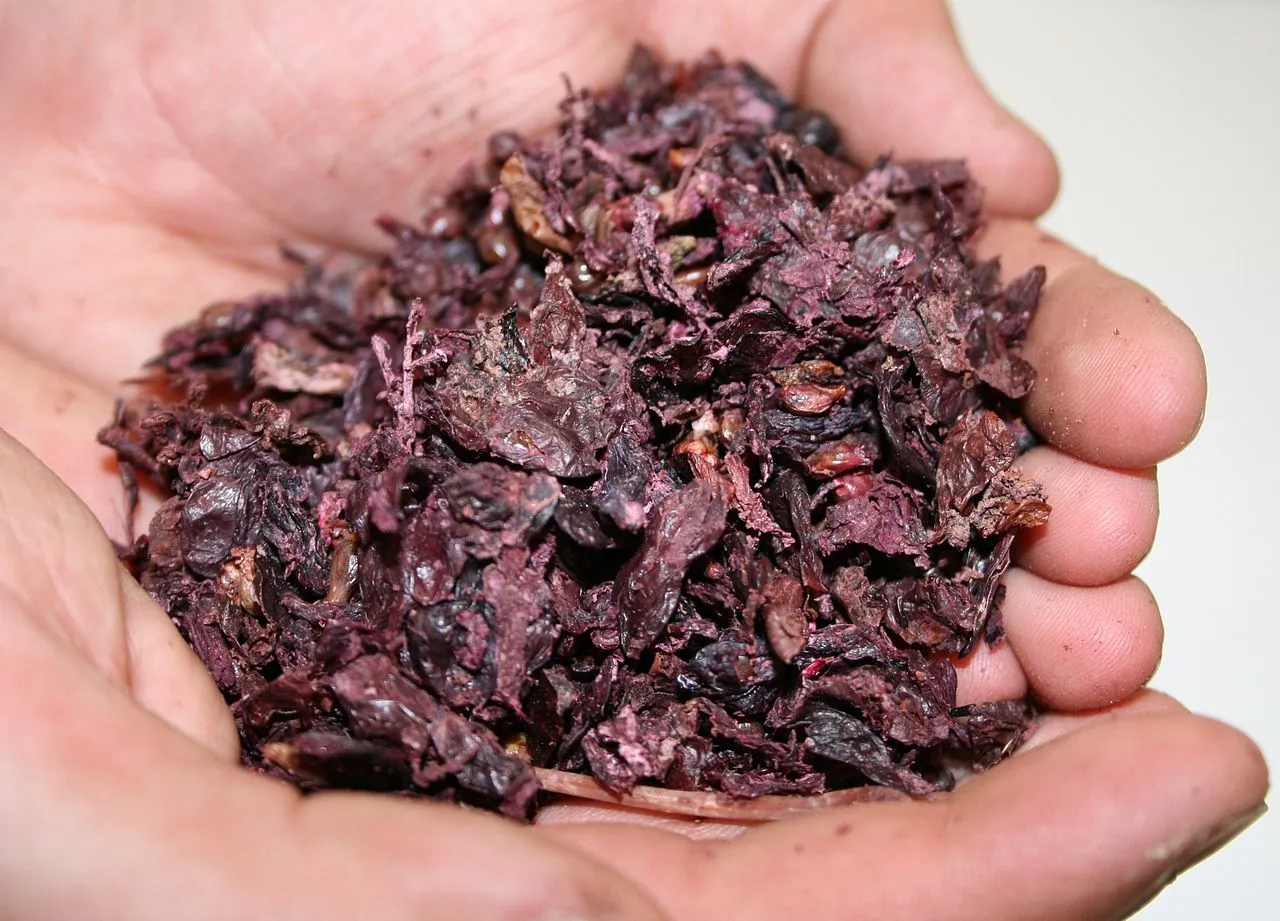
The maceration
This is a maceration wine, and generally two types are practised: first the short maceration, which gives rise to fruity reds with intense, purplish colours and somewhat rough on the palate. They tend to ferment at around 25ºC and are best for short-medium term consumption, one to two years.
And then there are the wines of long maceration which, as their name indicates, are suitable for cellaring. During the ageing time, the wine develops personality and they are usually wines of great quality.
The vinification
The fundamental winemaking operations for red wines are: crushing (destemming of the grape bunch), crubbing, pumping, alcoholic fermentation, malolactic fermentation (the yeasts feed on the sugar in the must and transform it into alcohol), destemming (separation of the skins), pressing (the pressing of the skins which gives more colour), crianza (controlled ageing process to give the wine personality), trasiego (transferring the wine from one barrel to another three or four times a year) and, finally, bottling (when the ageing process has reached its perfection).
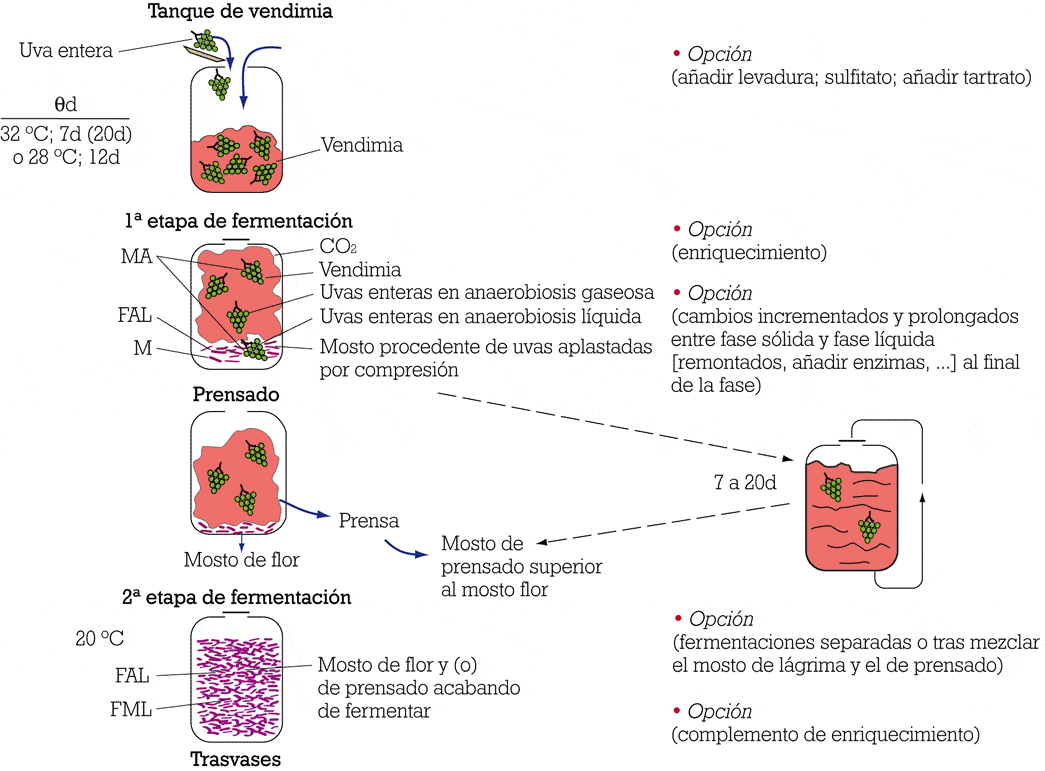
Serving temperature
Red wine should normally be consumed at a high temperature, between eleven and eighteen degrees of temperature and it is the greatest accomplice of a good meat because of its structure, flavour and quality.
Red wine should normally be consumed at a high temperature, between eleven and eighteen degrees of temperature.
To find out which red wines pair best with your dish and the temperatures at which you should drink them, you can try our advanced search engine at enbotella.com
White wine
In contrast to reds, white wines are practically colourless or with slightly shy yellowish tones.
Another difference lies in the maceration process
White wines are also made from grapes (either white or red) but the must is never mixed with the skins. This prevents the wine from being stained.
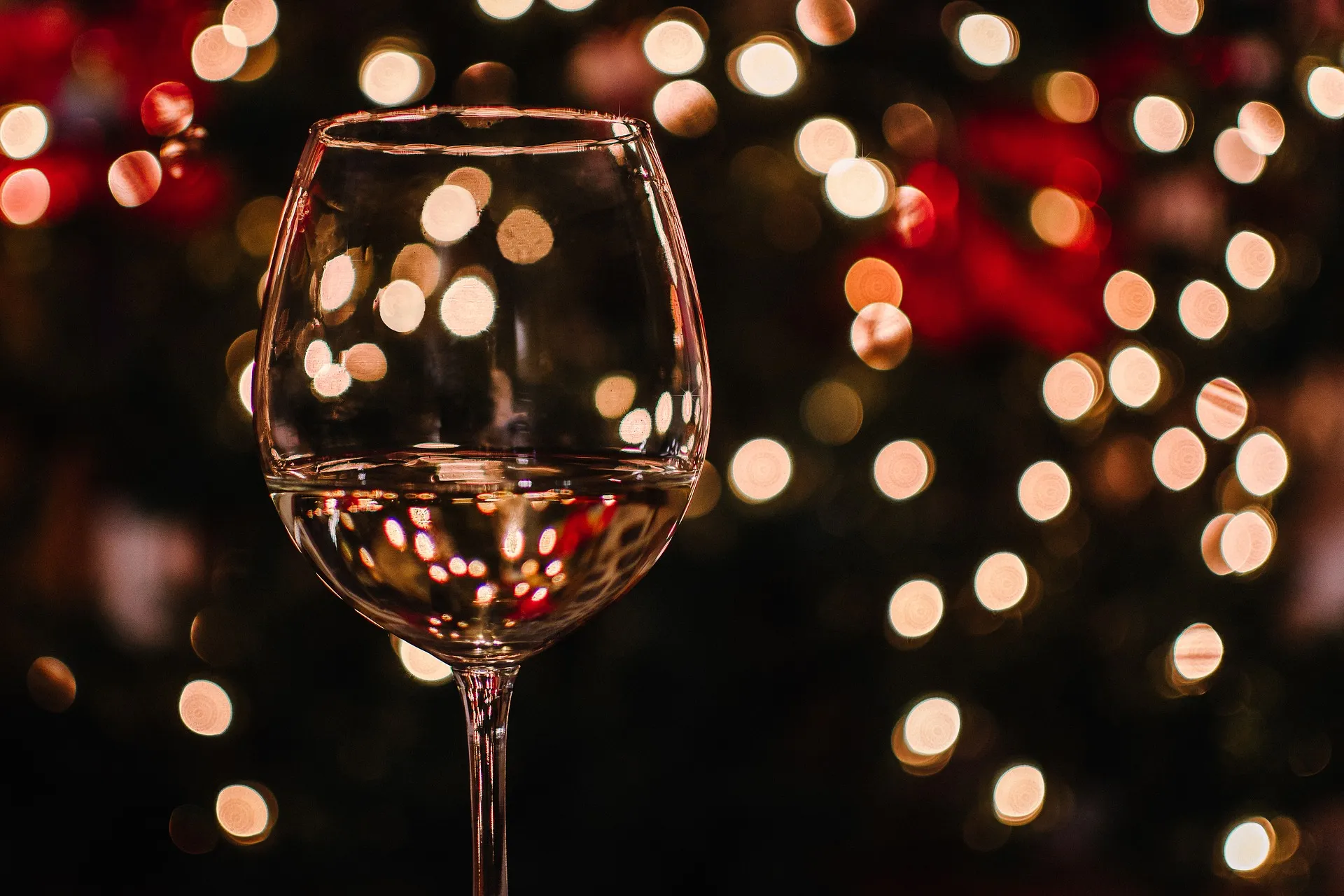
The ageing
Most white wines are young, that is to say, they do not usually have a long ageing because the best period to drink them is usually in the year in which the grapes were harvested.
In any case, there are four types of white wines according to their elaboration: the first are the young wines, which are very aromatic; second, the barrel-aged wines, which lose their young essence and acquire a woody flavour; third, the barrel-fermented wines; and, finally, the generous aged wines.

White wines get their name from the barrels.
White wines obtain better aromas when fermentation has been at a low temperature, and it is also advisable to control the ripening of the grapes beforehand to avoid spontaneous fermentation.
When to drink white wine and its temperature
When is the best time to drink white wine? As an accompaniment to a snack or with dessert
White wine is a very refreshing drink.
It is a very refreshing drink, although it has traditionally been pigeonholed as a good companion for fish and seafood. Nowadays, white wine serves as an accompaniment to pasta, rice dishes and many other dishes.
It is also important that the wine is cold, between six and eight degrees.
Find out which wines will pair best with your food with the advanced search engine of enbotella.com
Rosé wine
Rosé wine is basically defined by its colour: from pale orange to deep pink. It will always depend on the grape or the region in which it is made, the temperature and duration of maceration.
Lies about rosé wine
The collective thinking is often that rosé wine is a blend of red wine and white wine, but this is not true and, like these two, it has its own methods of elaboration.
Rosé wine is a wine that has been produced in the same way as red wine.
The most common practices to obtain rosé wine are by contact with the skins or by bleeding.
Methods of elaboration
The first method could be said to be a red wine made like a white wine and, the second, it is obtained from the fermentation of red wine.
The bleeding consists of removing a part of the red wine in the early stage of maceration to give it more volume and intensity, so this extracted part is used to obtain rosé wine.
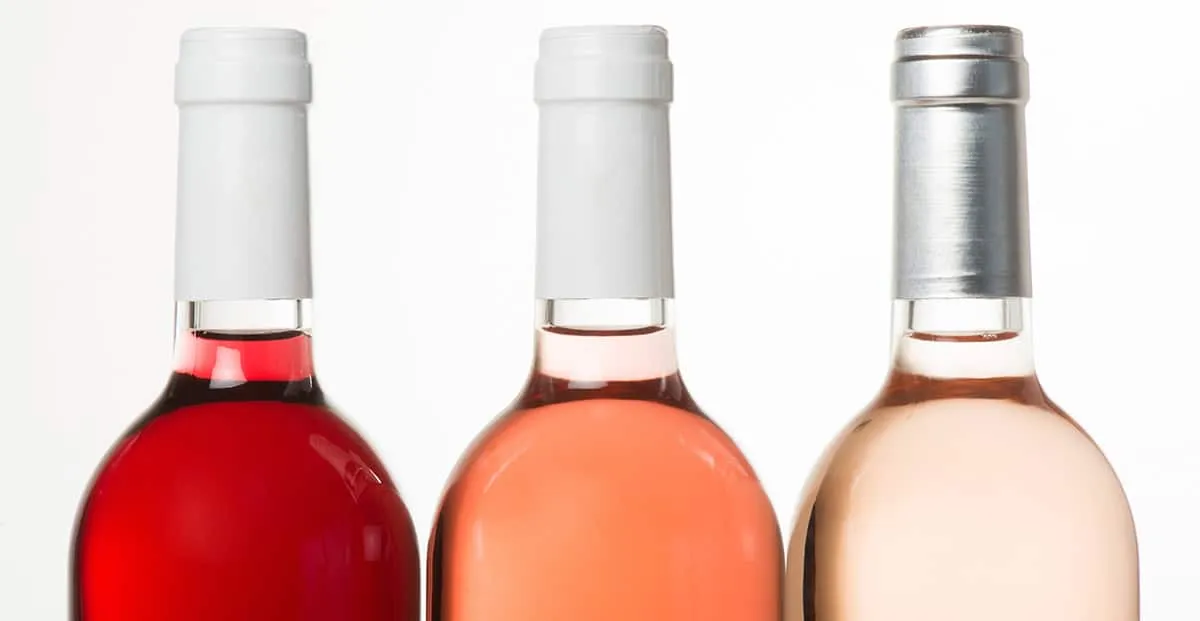
A peculiarity that makes it possible to obtain rosé wine
A peculiarity that makes rosé wine more special is that not every year you get a good quality wine.
A special feature of rosé wine is that not every year you get a good quality wine.
The main characteristic is its attractive appearance, as it is a refreshing drink with a fruity touch in the mouth and, in addition, for its carbonic touch that gives that pleasant sparkle.
How to drink rosé wine
Rosé wine is different because of its smoothness, but it must know how to be combined because foods with very strong flavours will kill its essence.
Rosé wine
When drinking rosé wine, you should know how to combine it with other wines.
For example, it is ideal for appetizers with anchovies, seafood, vegetables, recipes with eggs or rice dishes.
You can use Rose wine
with aromas of red wine.
You can use the advanced search engine of enbotella.com to find out which rosé wines will go best with your next meal.
Which rosé wines will go best with your next meal?

